Use the following stories, art and films demonstrating SEL Compentencies to enrich student learning. Discussion questions are included.

Self Awareness: The ability to understand one's emotions, thoughts and values, and how they influence behavior.
Discuss how each of these films and stories demonstrate an understanding of personal and social identity, linking feelings, values and thoughts while examining prejudices and biases.
How do these individuals show a growth mindset and sense of purpose?
Vivienne was 8 years old when she learned about child slavery in different parts of the world. She then started a lemonade stand to raise funds to fight child slavery. Story and film are appropriate for upper elementary, middle and high school students.
These two films, Made in Madras and Perseverance highlight individuals who overcame obstacles and demonstrated perseverance as they achieved their goals. These films are appropriate for middle and high school students.
Students read the story to learn more about climate activist Greta Thunberg, who was nominated for a Nobel Peace Prize at the age of 16. She exemplifies the heroic traits of courage and perseverance. Greta started out protesting alone and ignited a global youth climate movement. This story is recommended for middle and high school students. The story includes a link to Greta's Ted talk.
Students watch filmmaker and spoken word artist Trey Carlise performance of "History Will Be Repeated" his spoken word poem, a poem promoting tolerance. This film is appropriate for upper elementary, middle, and high school students.
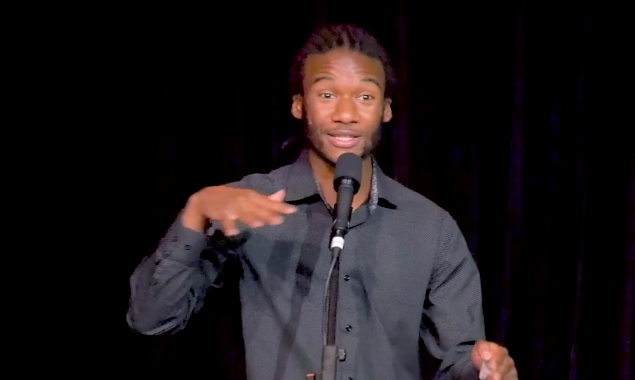
Stephen Jenkinson is a teacher, author, storyteller and spiritual activist. He headed the counseling team for Canada’s largest home-based palliative care program, working extensively with dying people and their families. Stephen has been revolutionizing grief and dying in North America and redefining what it means to live, and die, well. These are his insights on death.
This film is recommended for high school students.
Daniel Roy has four parents: two moms and two dads. They're not divorced and I'm not adopted. My dads are gay and my moms are lesbian. The two couples had been friends for many years and then decided to have and co-parent a child, Daniel.
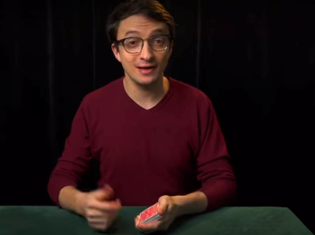
Please read the description of the film below to determine if appropriate for your students.
The film features the Toothmans, a loving and quiet family, who live a relatively normal life in the small Pennsylvanian town of McConnellsburg. Their life here, however, is not met without struggles as their teenage daughter recently began to transition from a man into a woman. Within this documentary, Deb and Jim Toothman and their transgender daughter Cooper Toothman, talk about their struggles with acceptance both within their family and in the community.
Social Awareness: The ability to understand perspectives of and empathize with others from diverse backgrounds and cultures which includes feeling compassion for others.
How do these films and stories demonstrate the effect of behaviors on others as well as the understanding, compassion and empathy for those who are from different backgrounds or cultures?
When the Somali government collapsed, Dr. Hawa Abdi's one-room clinic on her family farm began treating and housing local people fleeing the fighting. Dr. Abdi worked with international NGOs and her own resources to feed and house all who came to her. No one could bring clan fighting into the camp no man could beat his wife. This film and story are appropriate for middle and high school students.
Learn why it is important for all children, particularly girls, to have the opportunity to continue their education and the obstacles that some girls face.
The first three films are appropriate for high school students.
The film Pedal=Sight and the story about Armene Modi and the film A Way Forward are appropriate for middle and high school students.
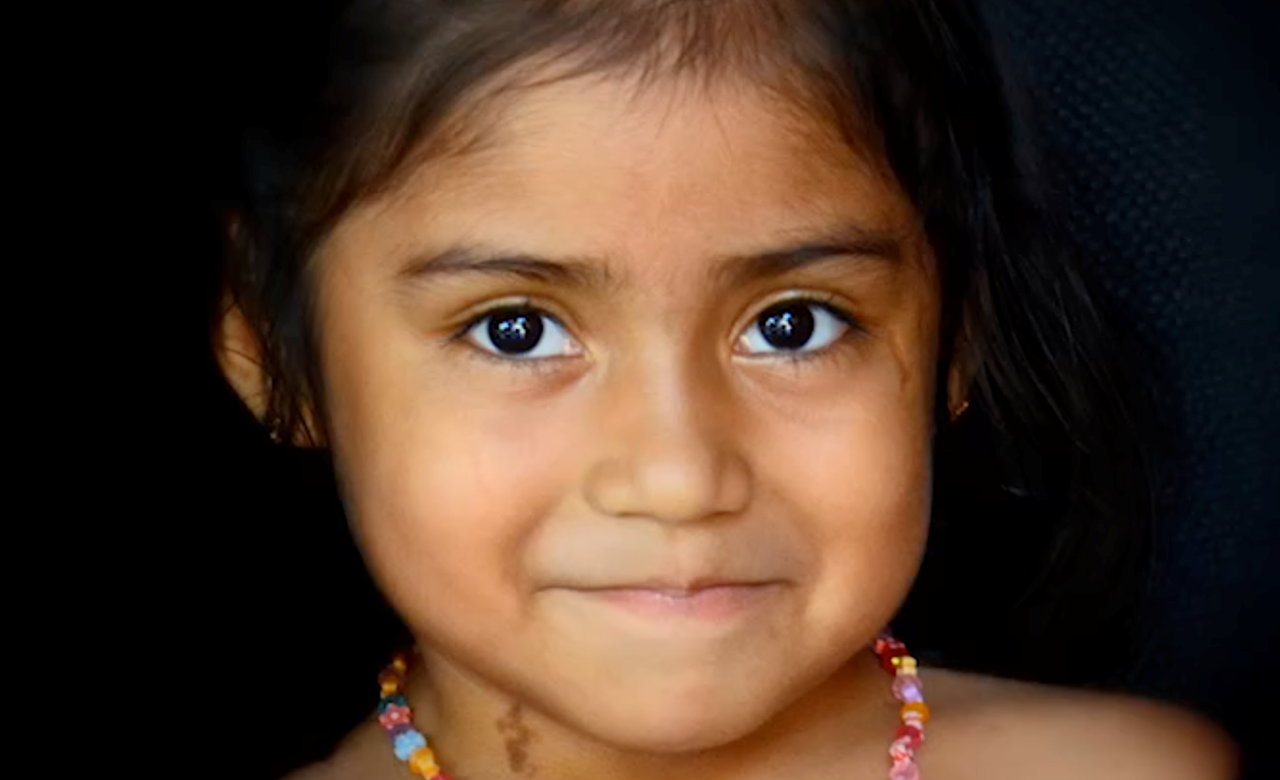
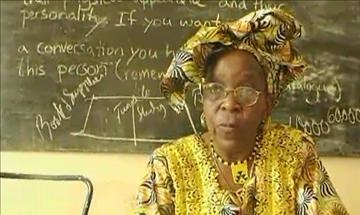
Viola Vaughn runs "10,000 Girls," a project in Senegal, Africa, to help girls with education and vocational training.
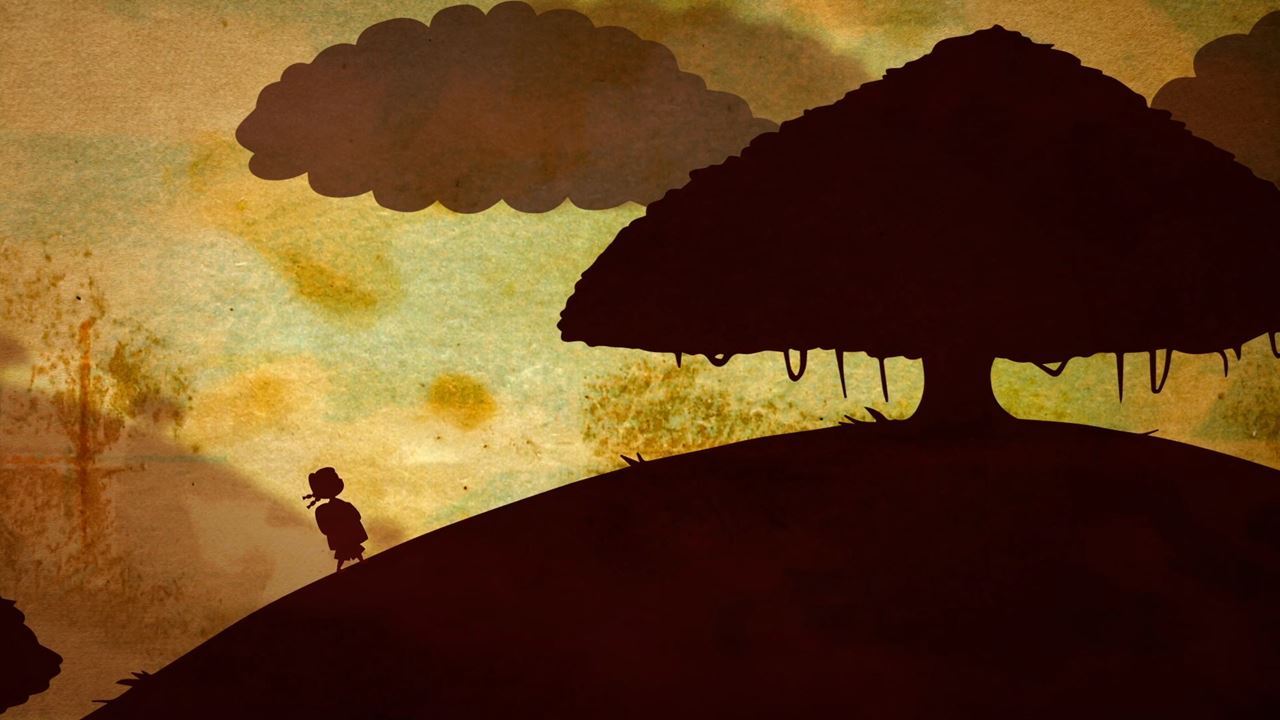
In India, Educate Girls works to make education accessible to girls, mobilizing communities to help girls achieve their full potential.
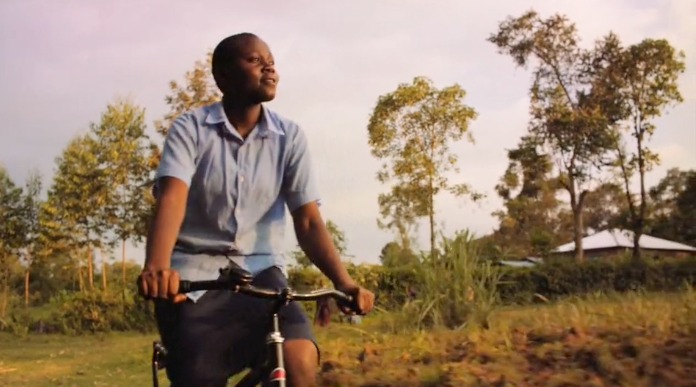
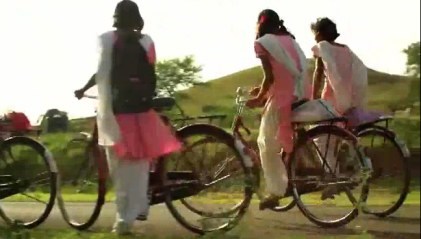
Armene Modi provides bicycles to girls in rural Indian villages so they can continue their education.
After the murder of his son Azim Khamisa founded the Tariq Khamisa Foundation to encourage forgiveness. He and the grandfather of the 14 year old boy who killed Azim's son work together to encourage forgiveness by sharing their story. The story and film are appropriate for middle and high school students.
The following three films are all examples of compassion and empathy for others, those from different backgrounds or cultures as well as those who need assistance.
These films are appropriate for middle and high school students.
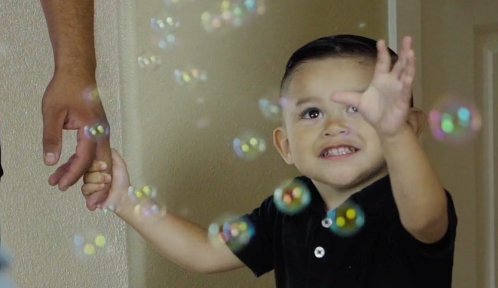
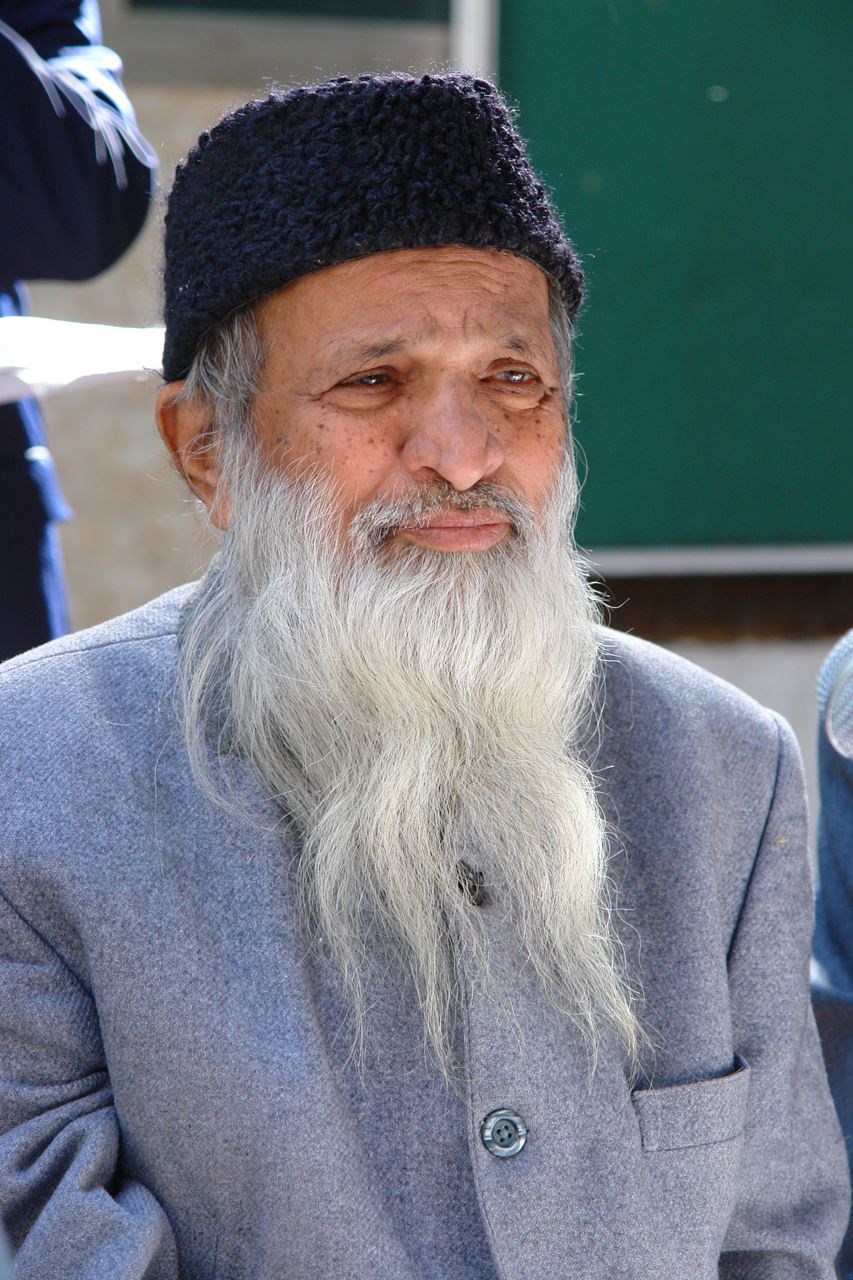
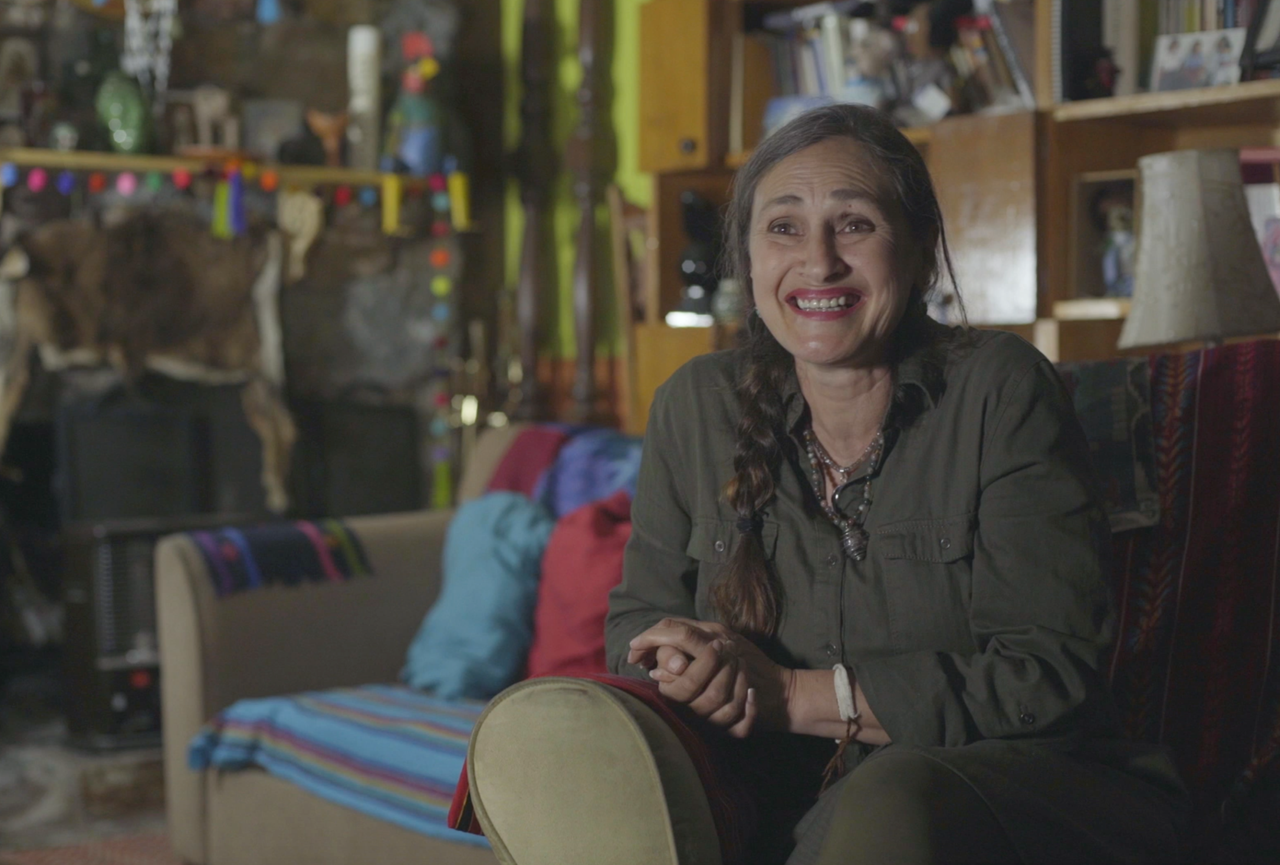
On the border of Mexico and the USA, Dr. Patricia Gonzalez-Zuniga and her team of American and Mexican interns and residents provide care and compassion for anyone in need.
The Buddy Club is an after-school program started by Katie McMahon and pairs students with disabilities with other students with whom they normally would not have class with. The program promotes the building of a community within High School that can stand against attempts at bullying and other anti-social behavior. This film is recommended for middle and high school students.
At the age of 6, Hannah created the Ladybug Foundation to help end homelessness. She selected the ladybug as her foundation’s mascot because ladybugs are considered good luck. She wanted this luck to transcend into her mission to help the homeless. This story is appropriate for ALL age levels and is available in text with audio allowing younger and ESL students to listen as they read along.
From the first day at a new school, to entering the work force, we’ve all been new once. New Together is a PSA that asks us to have empathy for what it may be like to be a refugee. This film is appropriate for upper elementary, middle and high school students.
"The first section of the mural tells the story of Georges, a refugee from the Democratic Republic of Congo. When a violent rebel group attacked his region, he took his family and escaped to a refugee camp in Kenya, and eventually came to the US. The second section shows the story of Mai, a refugee from Myanmar, formerly Burma. When the repressive government discovered that she had visited a Christian church group in the US, she and her family were persecuted and she was unable to return to her country. The third refugee, Taameem, is a woman from the south of Iraq. Her brother, a young and educated man with progressive and democratic ideals, was murdered by a local fundamentalist militia group several years ago. She was targeted by the group as well, and escaped and came to the US as a refugee." - artist Joel Bergner
The mural ' Multi religious harmony' is designed by a Pakistani artist and peace activist, Fauzia Minallah. All the shapes were cut out from different colored cotton cloth. These pieces were put together like a jigsaw puzzle with christian children in a shanty town of Islamabad. Fauzia Minallah gave this statement to MY HERO regarding the MURAL. "Through this simple art activity I as someone from majority religion of Pakistan I wanted the kids from marginalized minority to know that I respect all religions".
Responsible Decision Making: The ability to make caring and constructive choices about personal behavior and social interactions across diverse situations.
How do these films and stories demonstrate making a reasoned judgment after analyzing information, data, and facts; identifying solutions for personal and social problems; anticipating and evaluating the consequences of one’s action and reflecting on one’s role to promote personal, family, and community well-being?
Upstanders: The Kids Who Killed an Incinerator and My Toxic Reality are films that demonstrate that individuals can work together to create a solution to a problem in their community. These films are recommended for middle and high school student viewing.
Nine-year-old Milo Cress is concerned about the millions of straws that pollute waterways, waste fossil-fuel resource and harm ocean creatures. 10-year-old Jaysa rallies the community with her speeches about how the power plant in her neighborhood causes asthma and “so much suffering.” These 2 films are appropriate for upper elementary, middle and high school students.
The film Alex Epstein: The Power of Volunteering, as well as the stories Kids Helping Kids is Run by Kids for Kids and Trash Heroes are examples of young people who have made a difference by identifying problems and coming up with solutions that supports the well being of those in their community and beyond.
What would you do if you saw a wildfire destroy 95% of a town? How would you help the survivors whose homes burned to the ground? For Woody Faircloth in Denver, the answer seemed simple: provide them with an RV. And upon witnessing the 2018 Camp Fire in Paradise, California, he and his six-year- old daughter Luna did just that. Without hesitation, they drove across the country to donate an RV to a family who lost everything to the inferno. But when they arrived, the two quickly realized they couldn't stop there.
Down the Road | Best of Fest & Relationships First Award 19th Annual IFF
Faith Guilbault (age 16) has cerebral palsy and invites us to experience living with special needs so we can all treat being differently abled with humanity and normalcy.
Faith's world won the People's Choice Award & 1st Place in the Overcoming Obstacles Category. View her acceptance at the 17th Annual MY HERO International Film Festival below:
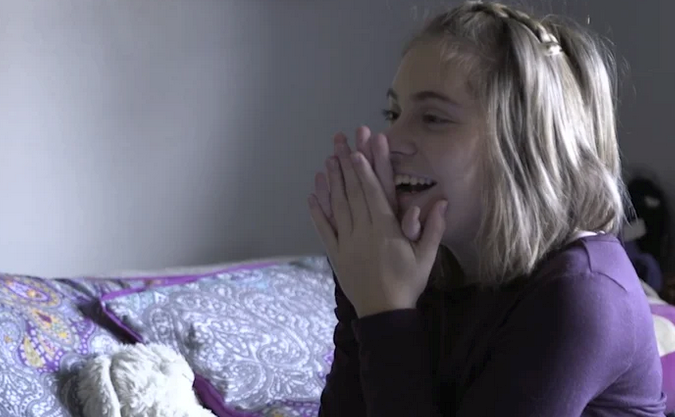
The film A Mile in Our Shoes tells the stories of young people who have members of their family with illnesses and disabilities and what it is like to have to care for them. They are called young carers, and each have to take on great responsibilities despite their age. This film is appropriate for middle and high school student viewing.
"To be a good citizen is to obey the rules...the laws. Unless those laws conflict with your conscience". The film Citizenship features John Lewis as relates his experience growing up in the segregated south and his involvement in the civil rights movement. How talks about how if you see a problem one needs to confront the problem. The need to speak up and speak out. And that young people can make a positive difference in the world. This film is appropriate for middle school and high school students.
The film Defending the Deep highlights the efforts of tireless defender of the oceans and marine life. Claire Nouvian led a focused, data-driven advocacy campaign against the destructive fishing practice of deep-sea bottom trawling, successfully pressuring French supermarket giant and fleet owner Intermarché to change its fishing practices. Her coalition of advocates ultimately secured French support for a ban on deep-sea bottom trawling that led to an EU-wide ban.
Relationship Skills: The ability to establish and maintain healthy, supportive relationships with diverse individuals and groups.
How do these films and stories demonstrate the capacity to communicate clearly, listen actively, cooperate, work collaboratively to problem solve and negotiate conflict constructively, navigate settings with differing social and cultural demands and opportunities, provide leadership, and seek or offer help when needed?
These films are appropriate for middle and high school students.
Learn how the members of a mosque and a church became a community. Initially when building the mosque across the street from a church, the director didn't expect to be welcome but that was not the case. When the mosque wasn't finished being built, they used the church for service during Ramadan which gave the member of both places of worship an opportunity to get to know each other on a personal level. Thus a community was built. This film is appropriate for middle and high school students.
Janet Miller, a teacher at Hoover Middle School, was blown away by district-wide statistics that revealed the risk of violence that transgender youth experience. Moved by the statistics, Miller stated to her colleagues that it was their responsibility to create a safe learning environment for all students and helped start a Gay Straight Alliance chapter at the school. This film is appropriate for middle and high school students.
The reality is that most Jewish and Arab Israelis have only superficial relationships with one another. They interact casually in public and commercial spaces, but they have little to no social interaction. Jewish Israelis are even less likely to know Palestinians who live in the West Bank. Read the story of how an Orthodox Jew and a Palestinian Muslim living in the West Bank became close friends in Israel. This story is appropriate for middle and high school students.
Marcus was diagnosed with Autism and ADHD, thus had trouble with social interactions. Lovey, a lovebird, calms him down and provides a type of therapy Marcus. As he became incredibly close to Lovey, Marcus the connection gave him some basic understanding of social interactions that he hadn't been aware of beforehand. This story is appropriate for middle and high school students due to reading level, subject of the story is appropriate for upper elementary students.
Self Management: The ability to manage one's emotions, thoughts and behavior in different situations to achieve goals and aspirations.
How does this story demonstrate the the importance of recognizing and managing stress?
Dr. Nadine Burke Harris, the pediatrician appointed as California's first Surgeon General, is a champion for children who bear the invisible scars of tough childhoods. It was thought until the 1990's that children "outgrew" abusive beginnings. Doctors later discovered instead that children internalized them. It's called toxic stress and Dr. Burke Harris believes toxic stress is both "treatable and beatable," but it must be acknowledged first.
Dr. Kataria developed a new technique of Laughter Therapy based on yoga called laughter yoga which is a combination of self-induced laughter, yoga exercises, yoga breathing and stretching exercises. The film I Luv Laughing Yoga explores how Dot discovered that Laughing Yoga was a great way to heal from the pain of her husband's death and re-connect to a child-like sense of play again!
Additional Resources
Organizer created on 11/4/2020 11:31:17 AM by Laura Nietzer
Last edited 4/11/2024 4:13:23 PM by Laura Nietzer